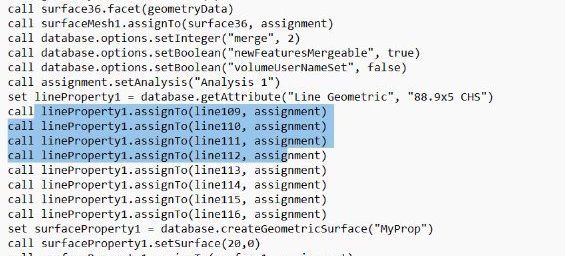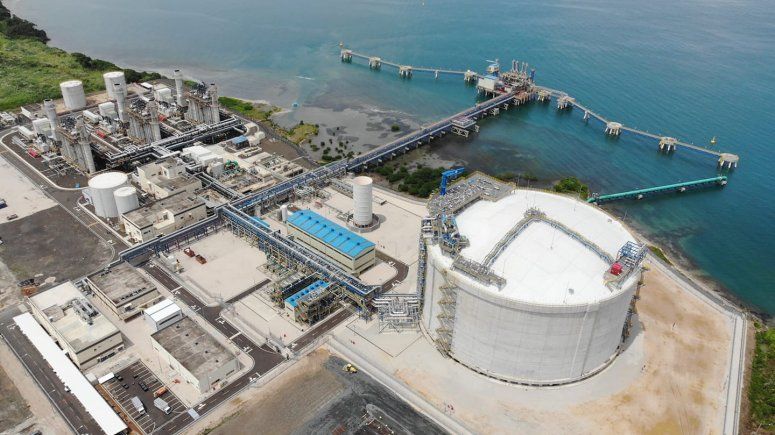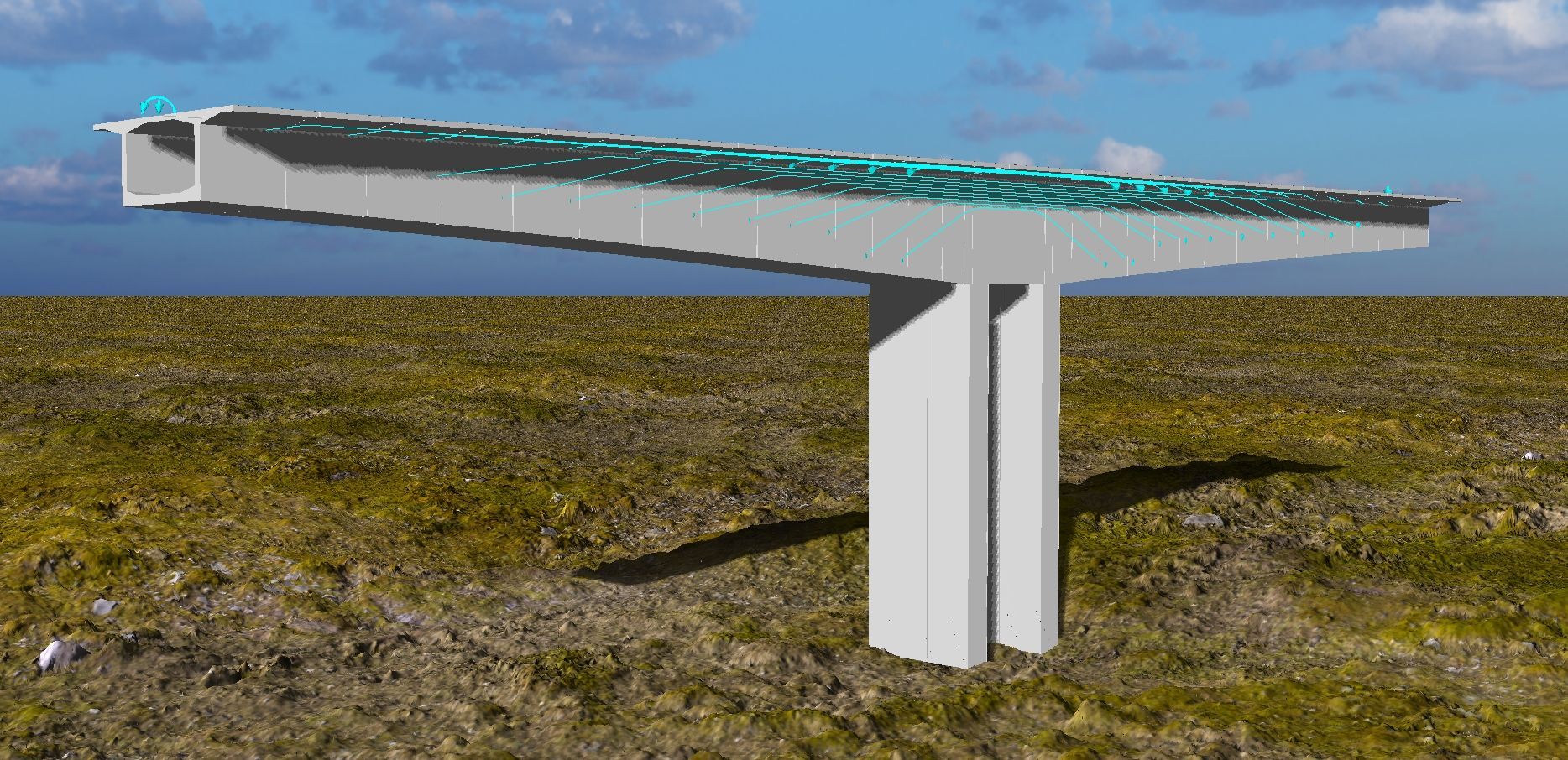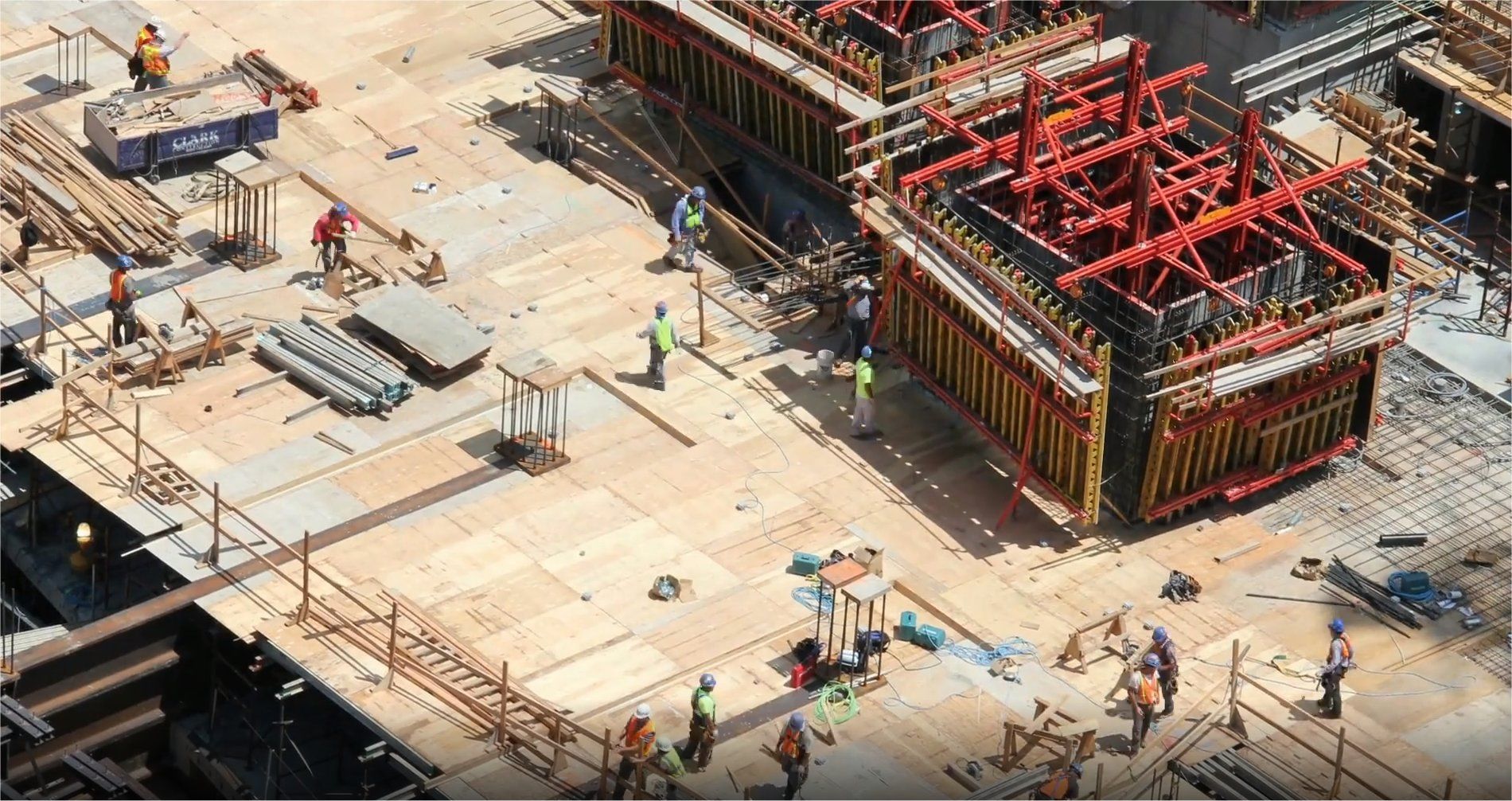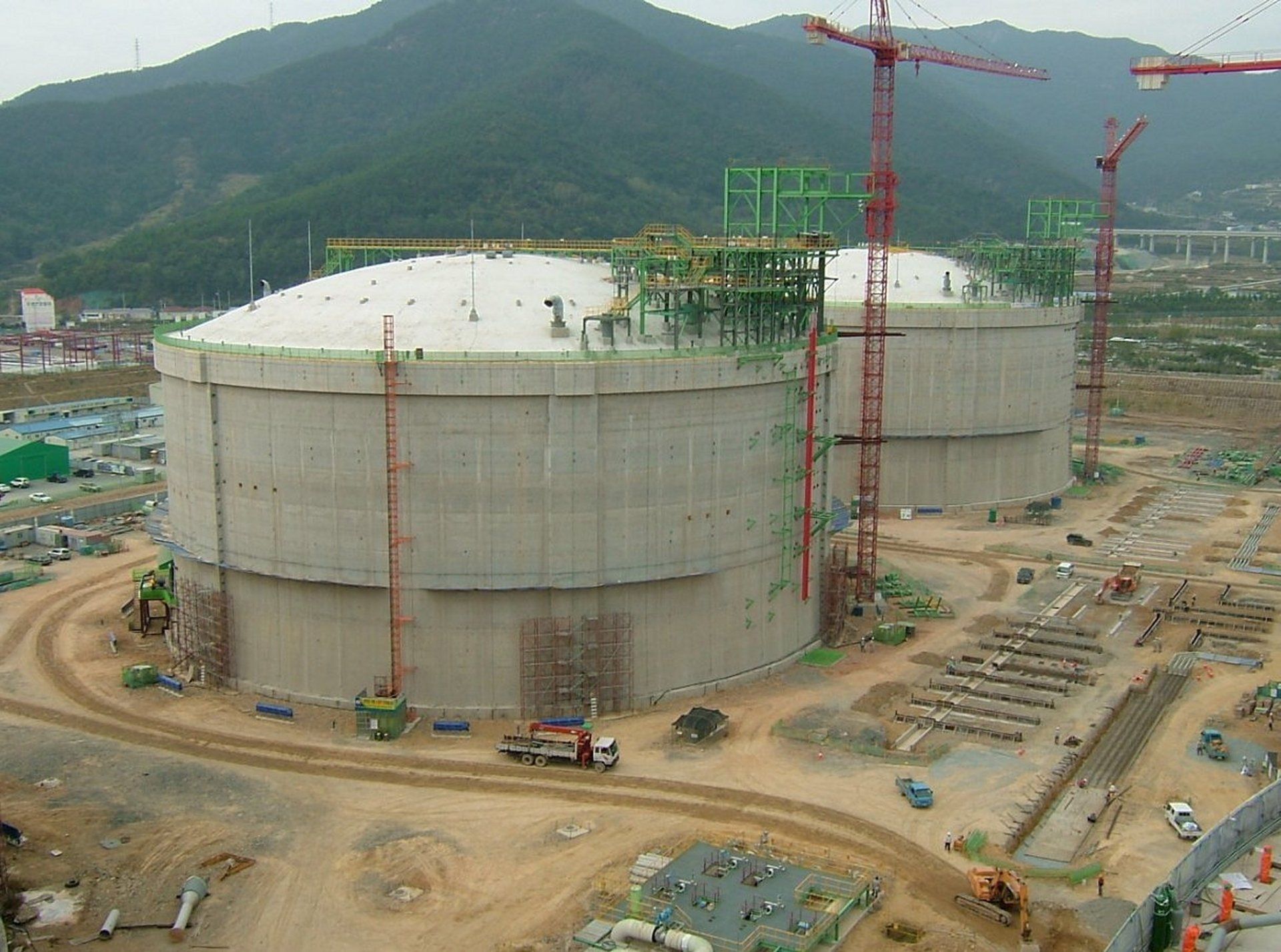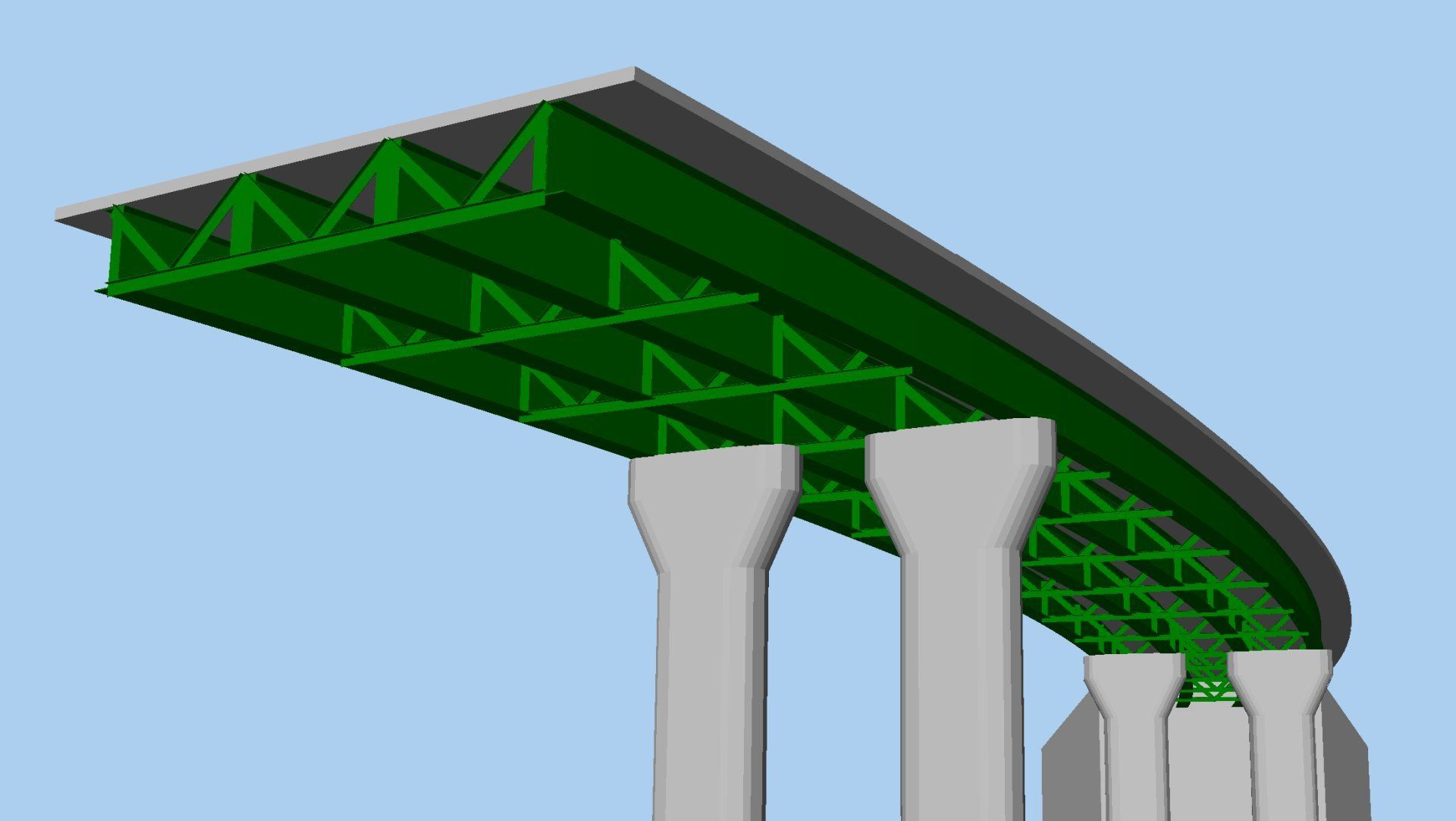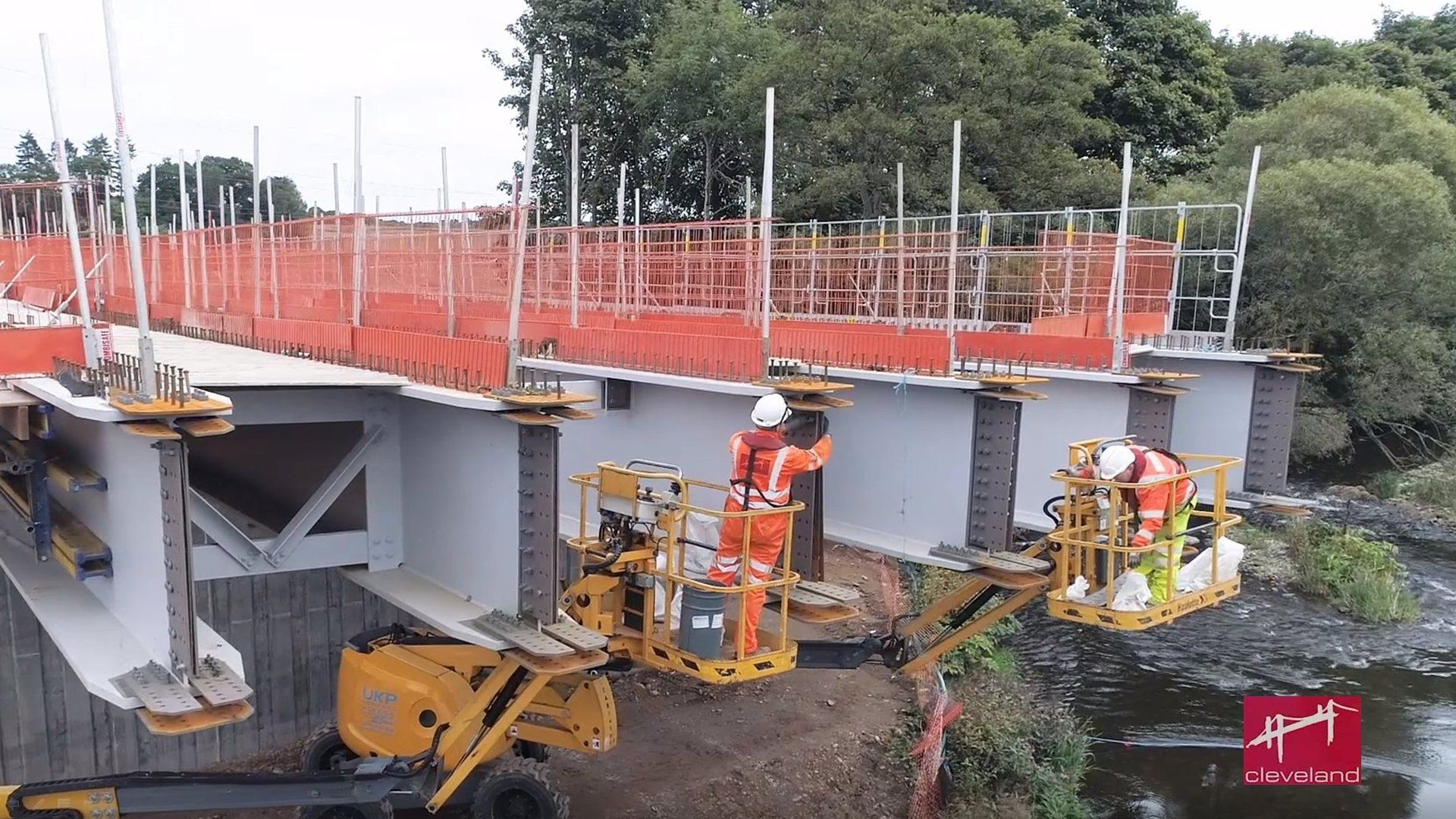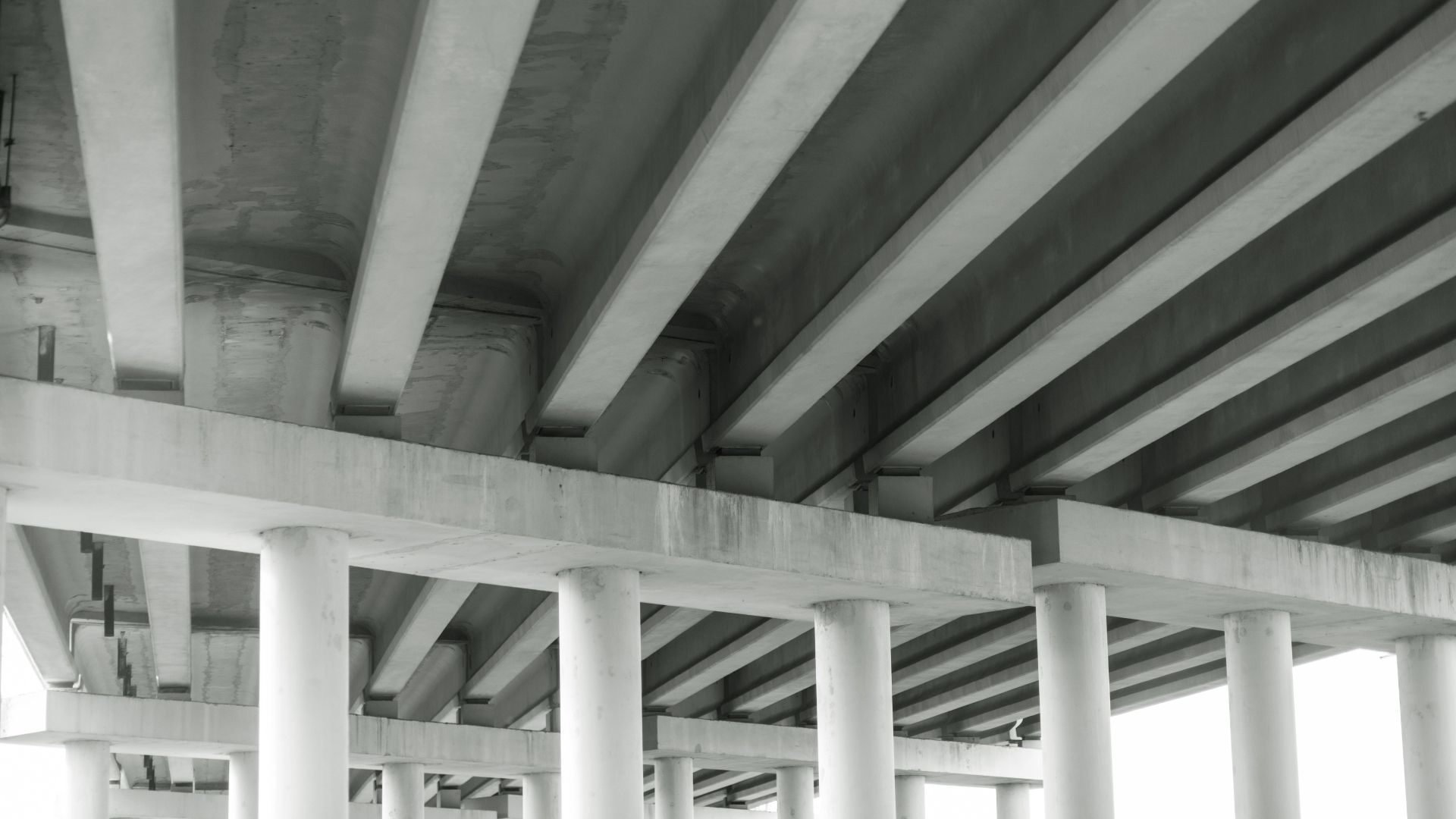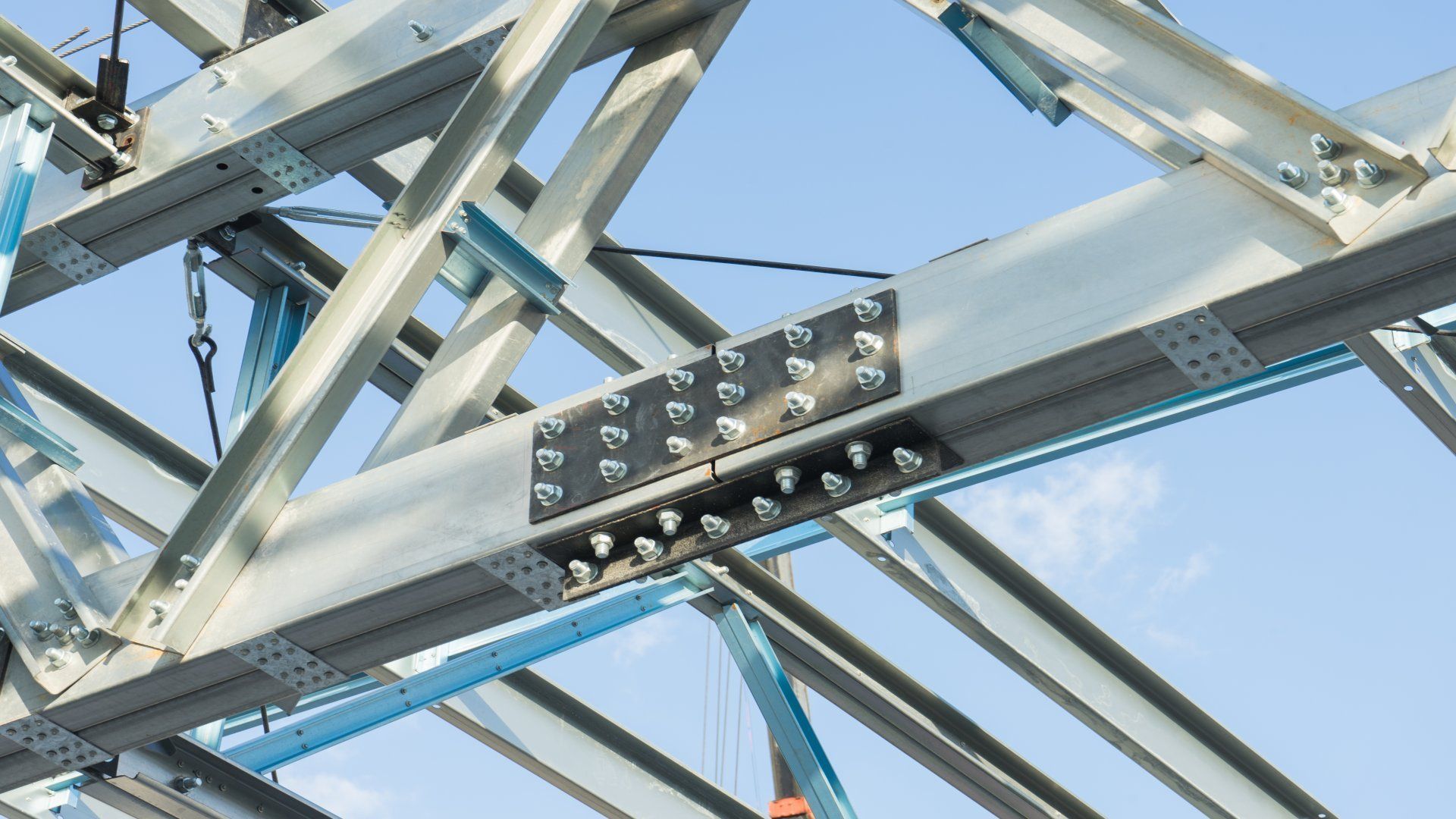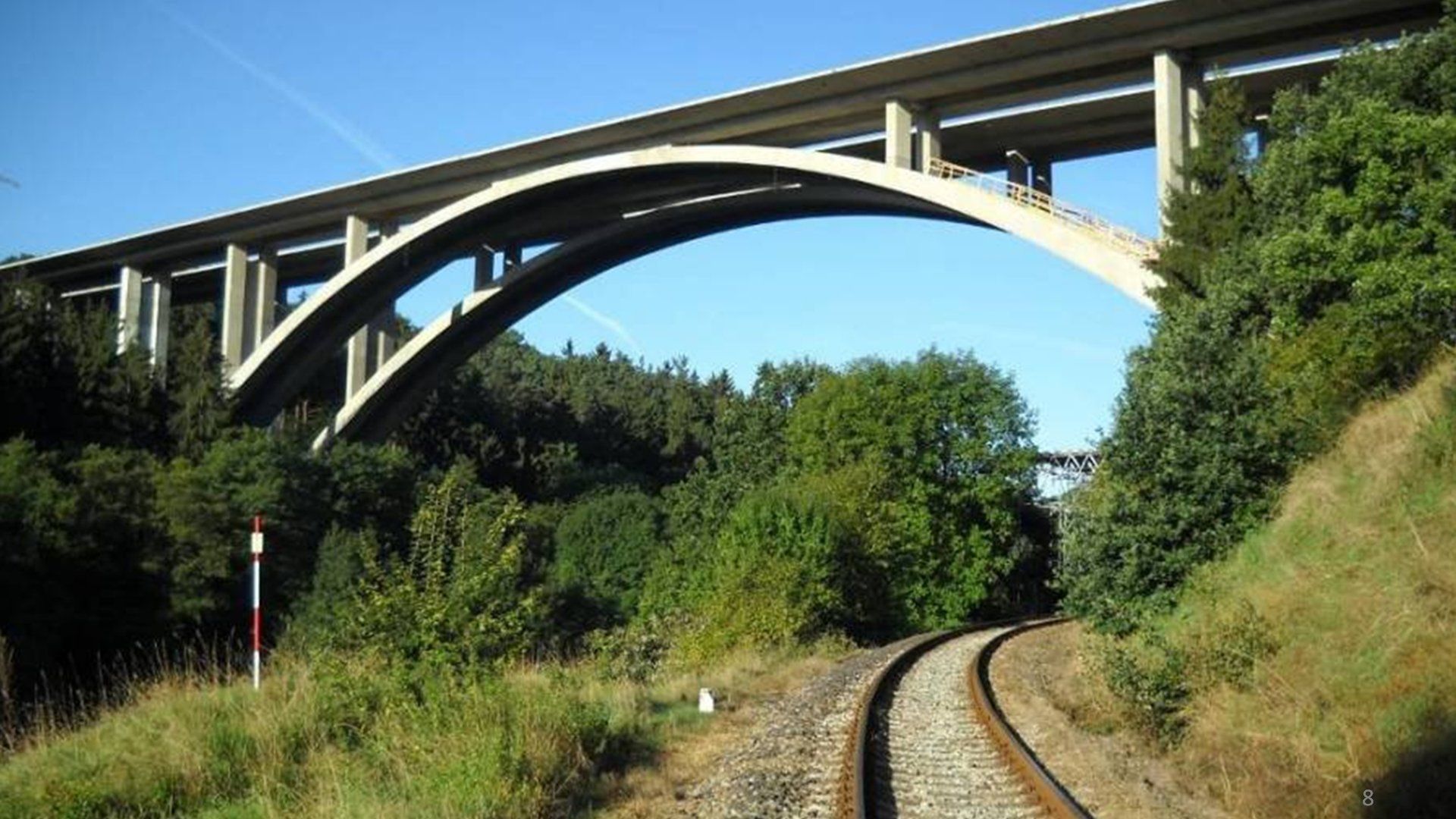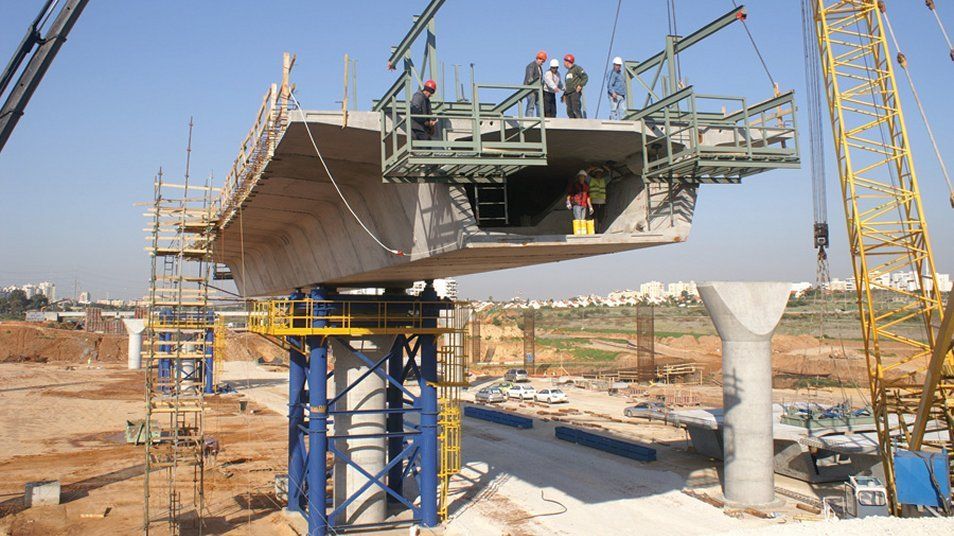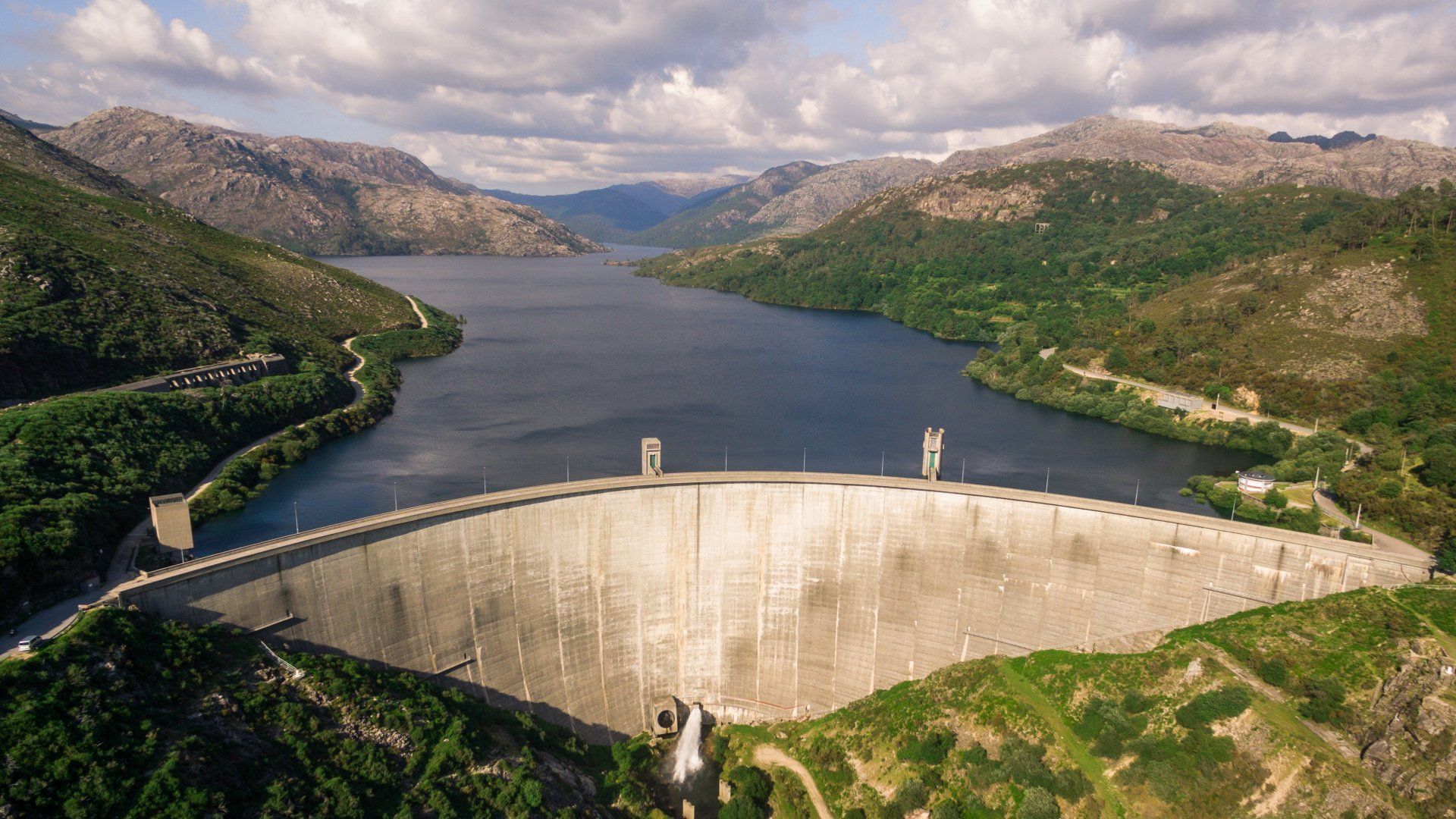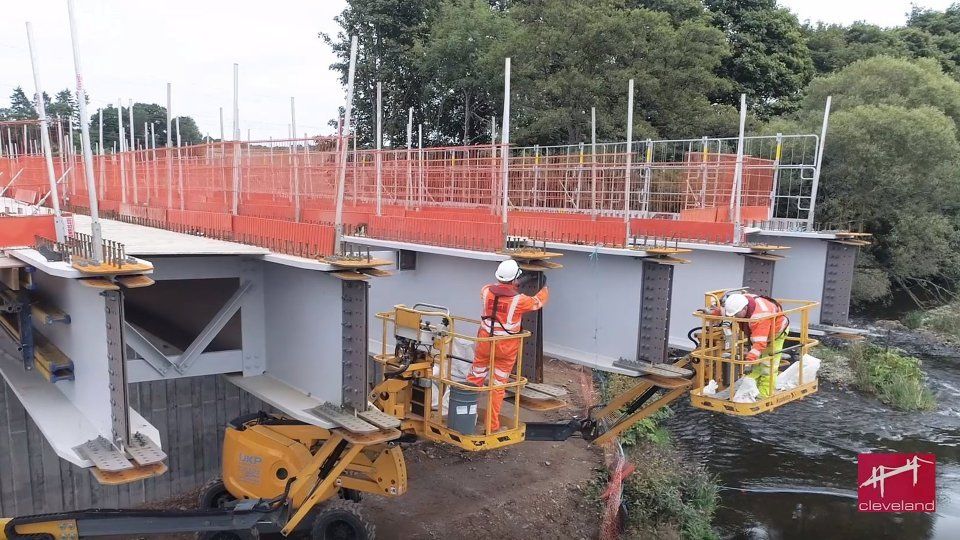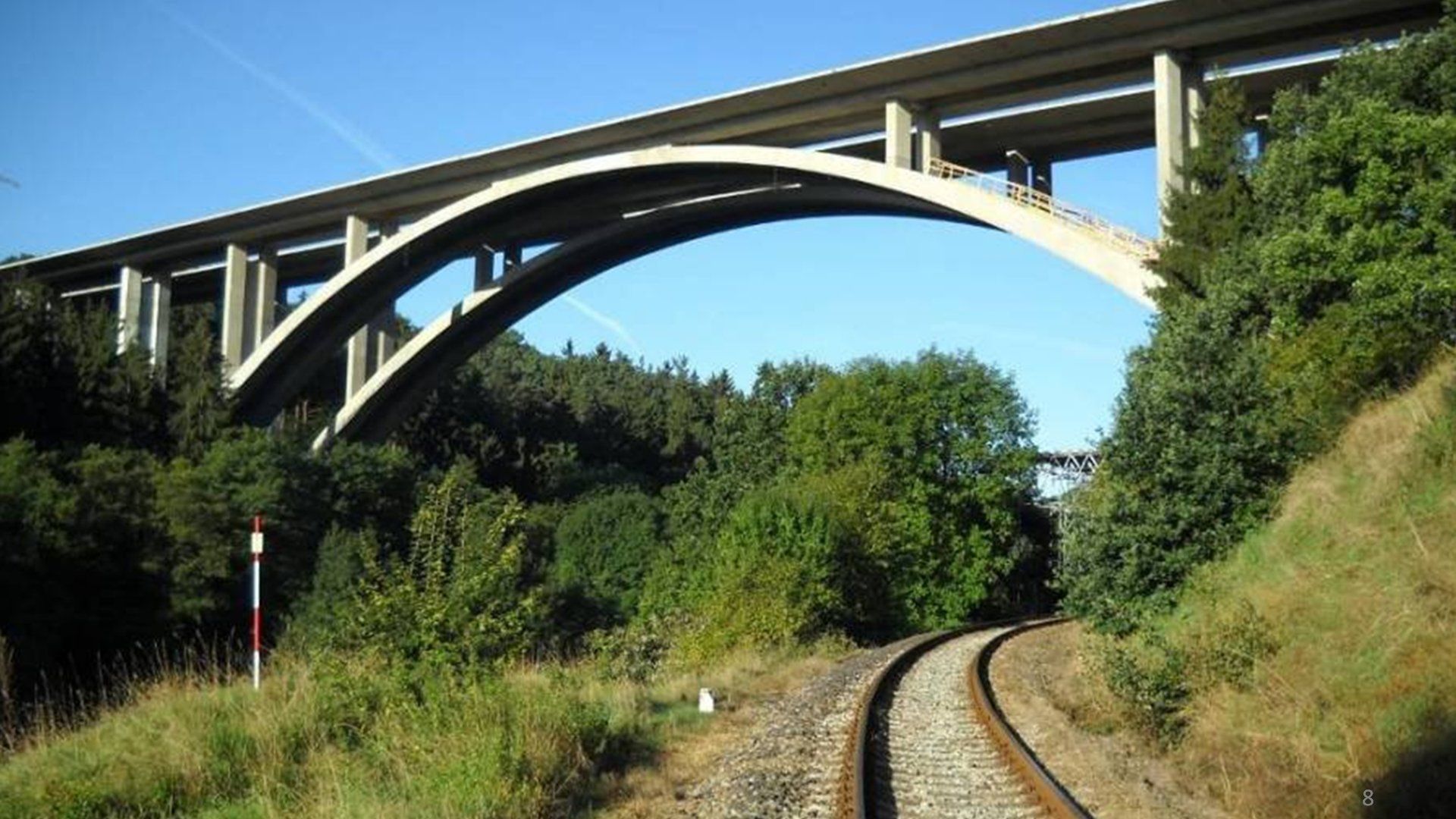More Productivity in Version 20
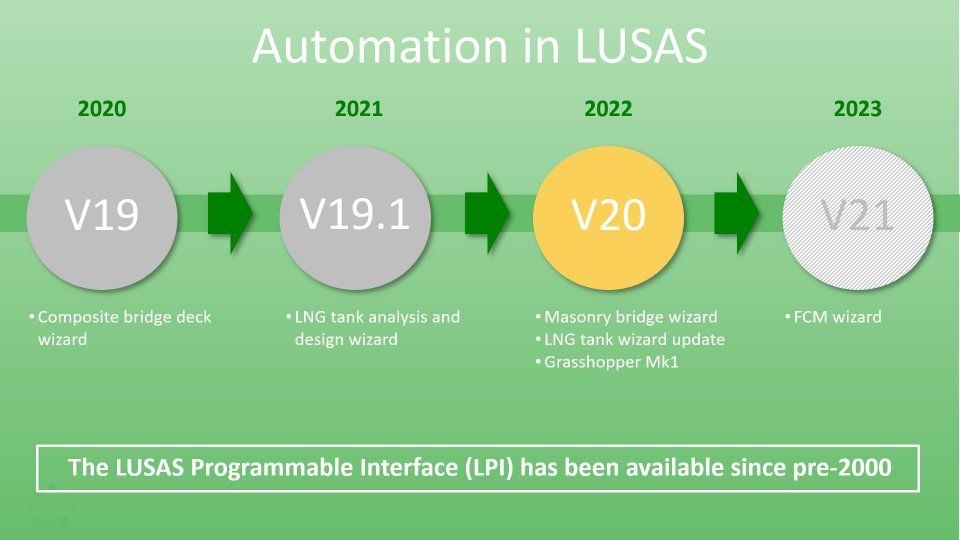
Version 20 offers:
- Wizards, 3rd party plug-ins and simpler workflows
- Connection to Grasshopper and other systems including AllPlan
- New dedicated Masonry Bridge Wizard
In addition to these new productivity options, with Version 20, it takes less clicks to do the things you want most often, from joints to section properties. New tools, like transparency, also help you to better understand and share your model and results.
Grasshopper plug-in
Overview
Grasshopper is a visual programming language and environment which runs within Rhino. Partnering with Geometry Gym , LUSAS “components” can now be accessed from Grasshopper, and a “bake to LUSAS” function is available.
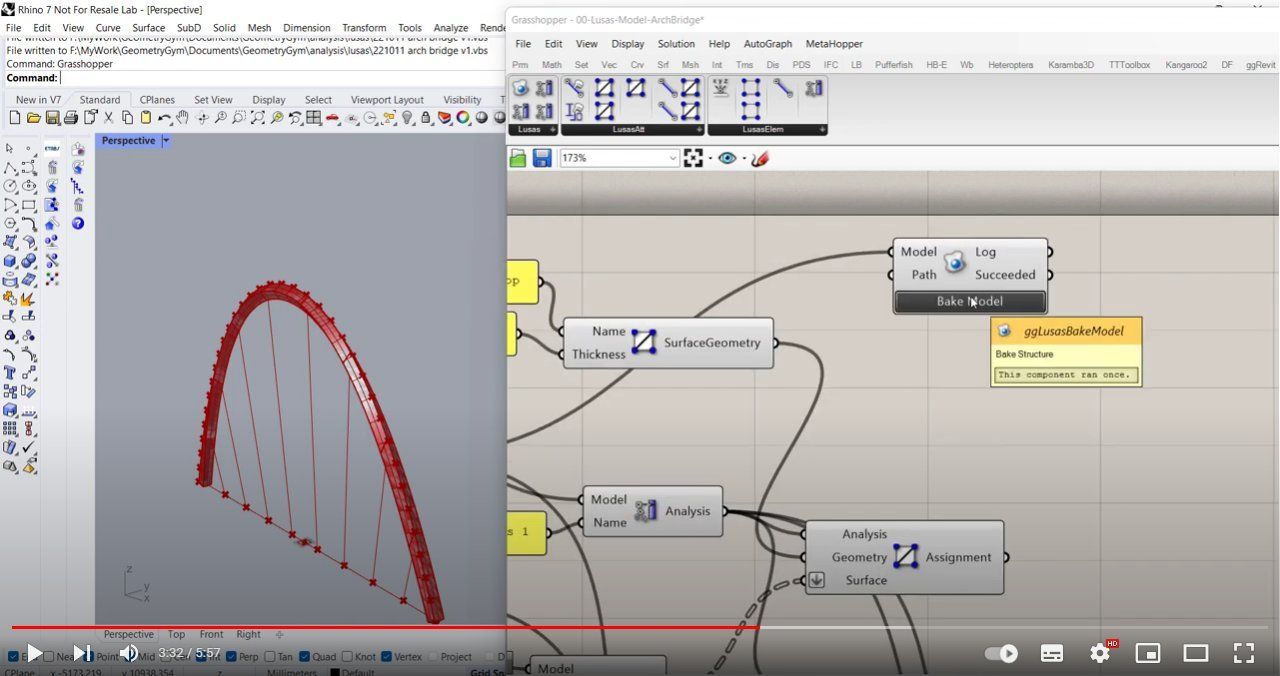
Create/recreate quickly
Deliver on the requirements of your clients by interacting directly with Grasshopper parametric models. Make parametric changes and recreate LUSAS models quickly.
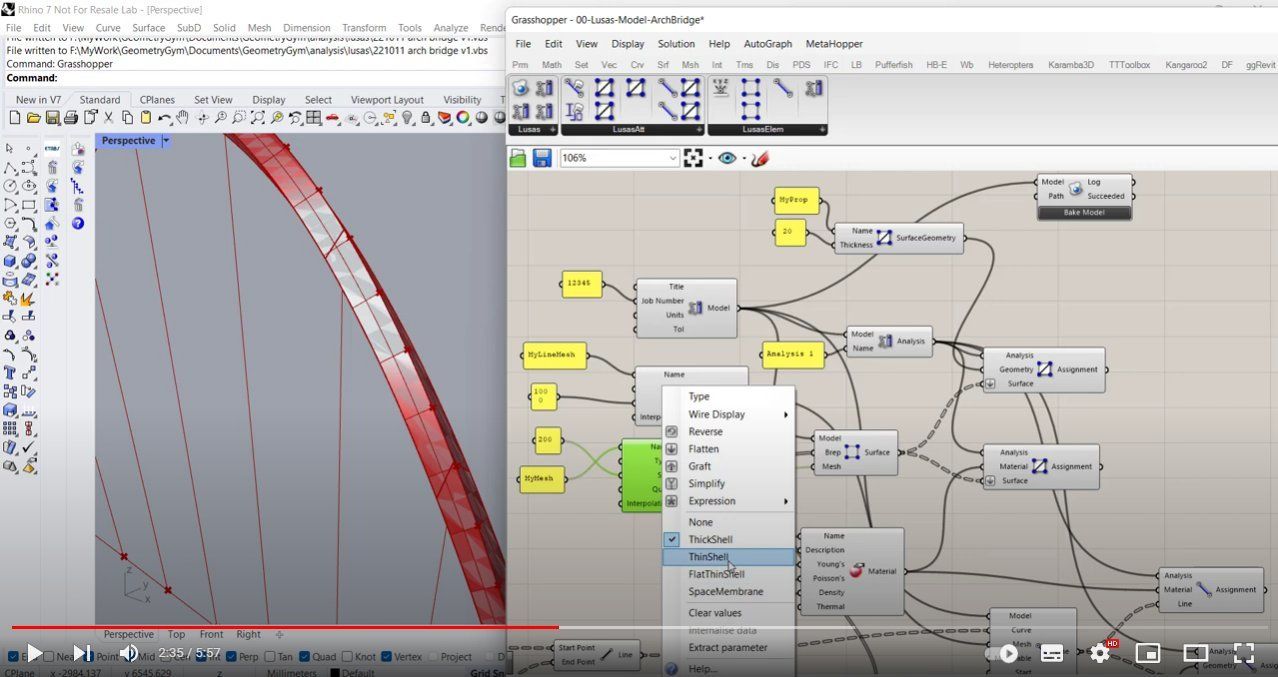
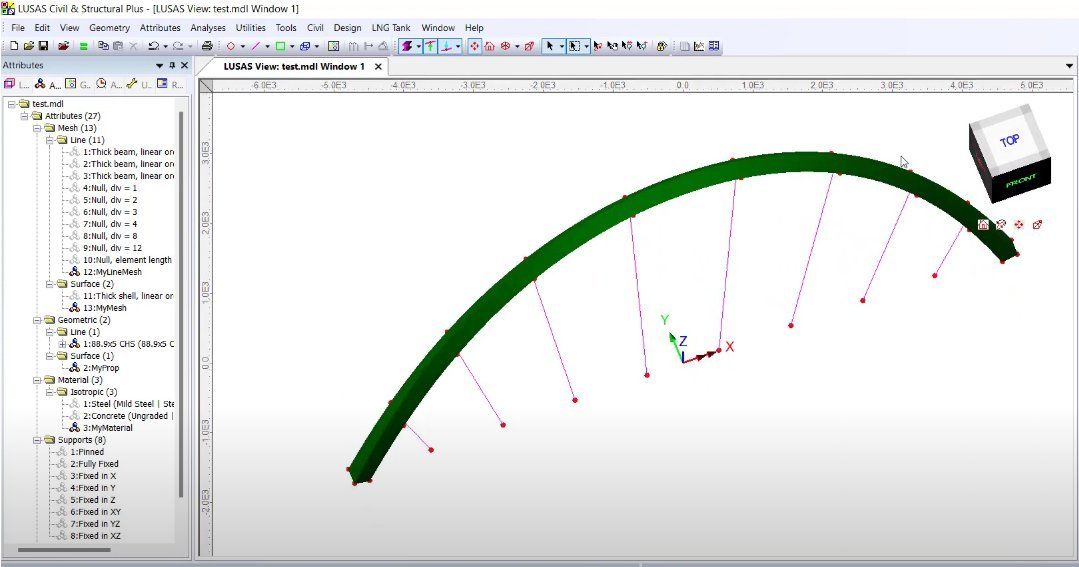
Trial for free
The initial release of this plug-in version is free. We believe you should already get considerable value from what we are offering. We look forward to hearing how it helps your workflow, and what further developments you require.
Masonry Bridge Wizard
For over 40 years LUSAS has been trusted worldwide to help with the design, maintenance and rehabilitation of structures in steel, concrete, timber and masonry. With Version 20, we’re making it much easier to model these structures.
Developing a more thorough understanding of the behaviour of masonry bridges is crucial to managing them better. Start by determining if better digital/FE assessment will justify the existing structure. If that still fails, you can model almost any remedial action to try and save it.
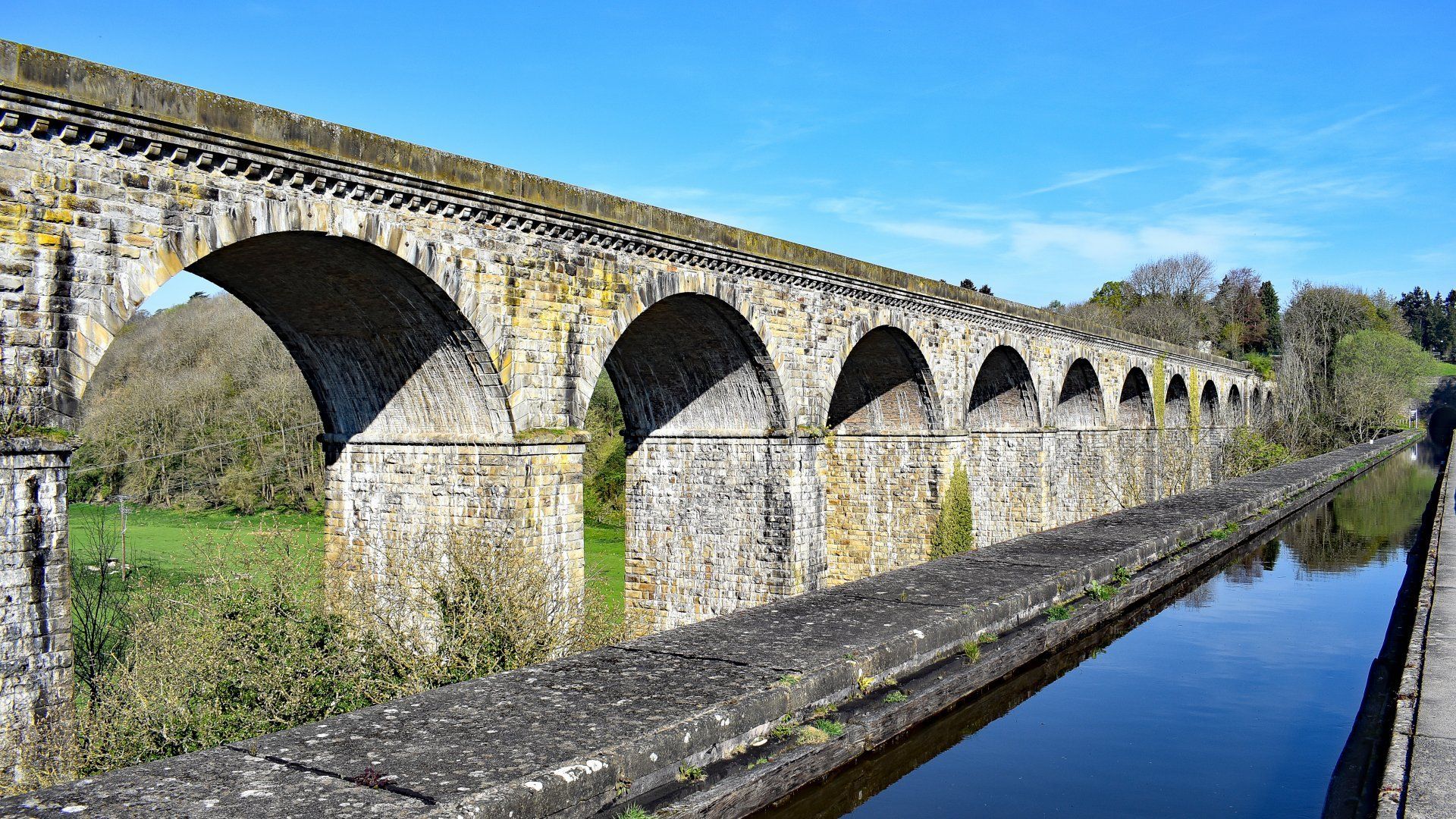
Fast, reliable, repeatable
Generate a sophisticated finite element model as easily and quickly as more simplified (2D) methods. Minimise risks by reducing modelling errors.
Comprehensive
Model features that are not included in simplified methods - not just the arch barrel, include spandrels, skews, hollow piers etc. Consider behaviour that isn’t included in other methods such as the effects of soil for load dispersal and/or lateral resistance, or strengths of materials.
Trusted
We’ve given you more scope for correlating results to site observations. Improve the accuracy of your model and test sensitivities to parametric variation.
Modelling / analysis capabilities
| Capability | Automated in Wizard |
|---|---|
| 2D and full 3D modelling | YES |
| Skewed arches | YES |
| Single or multiple spans | YES |
| Abutments and piers, including hollow piers | YES |
| Haunching, spandrel and parapet walls | YES |
| Linear/nonlinear structural materials | YES |
| Load dispersal through a soil continuum | YES |
| Linear/nonlinear structural materials | YES |
| Train loading on one or more tracks | YES |
Other modelling / analysis requirements
| Capability | Add/edit outside wizard |
|---|---|
| Full nonlinear soil behaviour | YES |
| Saddle repair | YES |
| Helifix or Dywidag repairs | YES |
| Staged construction or deconstruction | YES |
| Remedial works | YES |
| Rail load optimisation | YES |
Updated LNG Tank System

Overview
Released in Version 19.1, the LNG Tank System automates the creation of models for above ground full containment circular tanks. Automation of this highly complex task saves huge amounts of time and cost in the design phase.
The LNG tank system includes staged construction modelling, thermal and seismic analyses, spillage and design facilities to a variety of codes.

Efficient
Use the LNG tank system to model and design your tank. LUSAS holds your project parameters so that you can return to them for review and edit.
Consider different design options quickly, ideal for preliminary design phases before moving to final design. Consider everything for your tank in one place. No need to pass data from other products.

Learn
New to LNG engineering? Use the LNG tank system to learn about the process of tank modelling and design.
Modelling / Analysis capabilities
| Capability | Provided by wizard |
|---|---|
| Thermo-mechanical analysis | YES |
| Staged construction | YES |
| Concrete creep and shrinkage | YES |
| Spillage | YES |
| Concrete cracking | YES |
| Burnout, Fire | YES |
| Impact, Blast | YES |
Design code coverage
| Code-based loading or design check | Design codes covered |
|---|---|
| Wind loading | EN1991-1-4, ASCE and GB50009 |
| Seismic loading | EN1998/ACI350 |
| RC check | EN1992, ACI318 and GB50010 |
Recent developments
LNG Tank System developments since LUSAS Version 19.1 and available for use with Version 20 include:
- Modelling of elevated tanks including isolator, pedestals, with raft and optionally piles
- Automatic creation of piled foundations for above ground tanks
- Spillage (thermal) analysis
- Wind loading to ASCE (USA) and GB51010 (China)
- RC design to GB50009 (China)
- Comprehensive design check reports in spreadsheets.
- A range of pre-processing improvements
